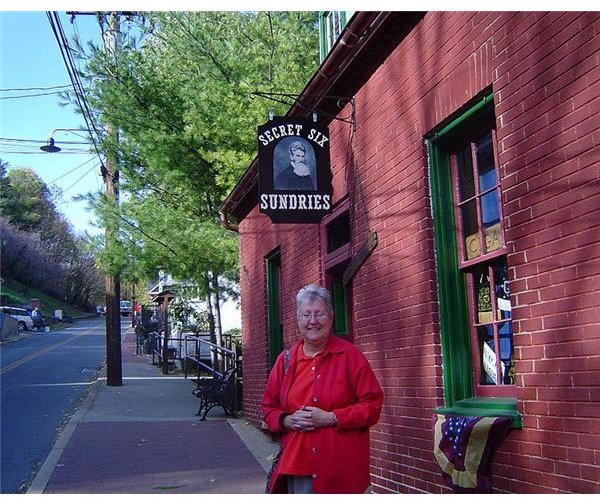How to Run a Successful Second Hand Store
Successful Strategies for Second Hand Shops
A second hand store can be fun to operate. You get new faces each day and over time get many regulars that become friends. When I was part of the used goods trade I was often asked where the profit came from since items were so cheap to buy. Here’s a few successful strategies I learned from my own business as well as two other ladies who helped me in the beginning. So, it is possible to learn how to run a successful second hand store with effective planning and careful consideration.
Location
While this may seem obvious to many people, one of the successful methods used when operating a used goods store is finding a good location. Second hand stores, as these are commonly called, must compete not only with retailers selling new items; but also with other second hand stores.
First, find a location around other retailers who complement your items but do not duplicate them. If you find baby clothiers and jeans shops, try opening a second hand accessories store. Locations near colleges are great for used furnishings, thrift shops, and used electronics. Used books can go well with a younger crowd, and near cafes and newsstands.
Be careful of local zoning though. Not every town likes used goods stores mixed in with upscale shops or other stores selling new items. Even if there are no zoning restrictions, take the pulse of the local businesses in the neighborhood where you intend to locate; moving into hostile environment helps no one.
Inventory
Another tip on how to run a successful second hand store is to keep an eye on your inventory. As with any type of retail business, how you operate a used goods store effectively depends on how well you manage your inventory. Most second hand stores get their inventory from auctions, consignments or people donating things. While this means you have lower cost, it also means that you likely have lower prices. There is a related concern where, unlike retailers who sell new items, you don’t have a return policy from vendors; once it’s in your shop, it’s up to you to get it out of your shop, preferably with a profit. Because of this, inventory can start to pile up when new arrivals start to out pace sales if you’re not careful.
When you acquire your inventory, you must make sure that you paid a low enough cost so that when you sell it, you can meet your financial obligations such as rent and utilities. This means that you also must know the markup for each item and how it will affect sales. Smaller priced items can usually sell for a 50% markup; but don’t try selling furniture for that high unless you got it at a good price. Consignment stores have another problem; you have the price expected by the consignee, and the percentage you must cover. Sometimes this makes a sale price which you are unable to get. Consignment stores also seem to get more “free junk” dropped off overnight as well.
Knowledge is Power
You MUST know the market you are getting into. This is vital in understanding how to run a successful second hand store. If you sell appliances, you should know what can go wrong with them, why, and how to fix them. If you sell clothes, you should at least have some fashion sense. To sell books, you’d better be a fan of at least a few authors. The point is to have a working knowledge of what you are selling and the category it is in.
The easiest way around this is to get into a niche market that you already are passionate about. If you love the type of item you sell it will show through daily. The knowledge and love will be part of what provides excellent service and make your second hand store well known.
Personality
You must be good with people. This is another must in retail of any type. Sales will depend on customer service, attitude, and the ability to deliver above and beyond what people expect when they walk into your shop. Another aspect is the personality of the shop itself. If you have a cramped store which looks more like a storage shed, you won’t sell half of your inventory. If you have a well laid out, thought out, bright inviting store where people can see and feel and touch everything, you will always sell something.
Management
The last section concerning how to operate a secondhand store successfully, is management. You won’t have a truck pull up and drop off 1,000 widgets. Instead, you’ll get 100 cars dropping off 50 odd widgets each. If you run the shop well, you will have items coming in and out daily. You will have people requesting an item or to hold an item. You will have consignees, donations, drop-offs and pick-ups. Financial management is essential as this business is fickle and customers can dry up without notice. You also need to know the same retail information as everyone else; this includes taxes, licenses and operating expenses. A constant awareness is important each day.
Image Credit: Wikimedia Commons
